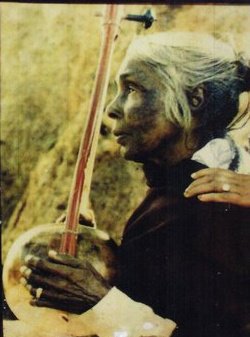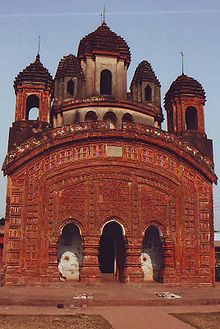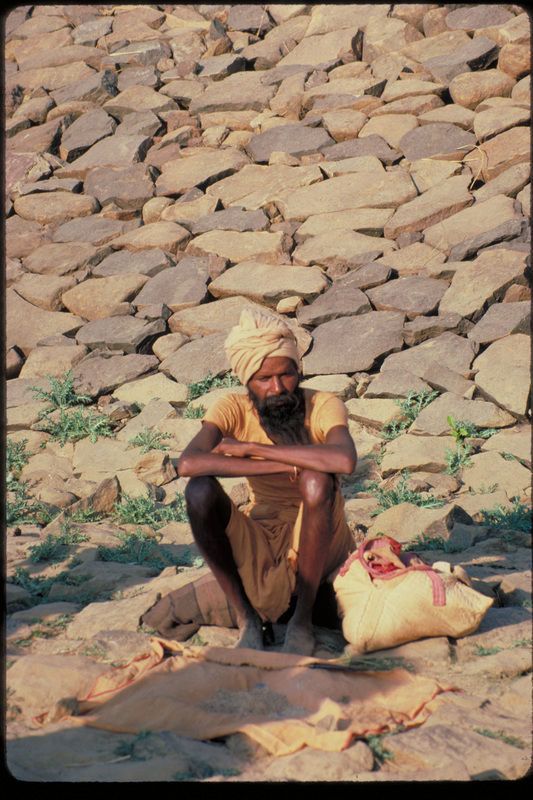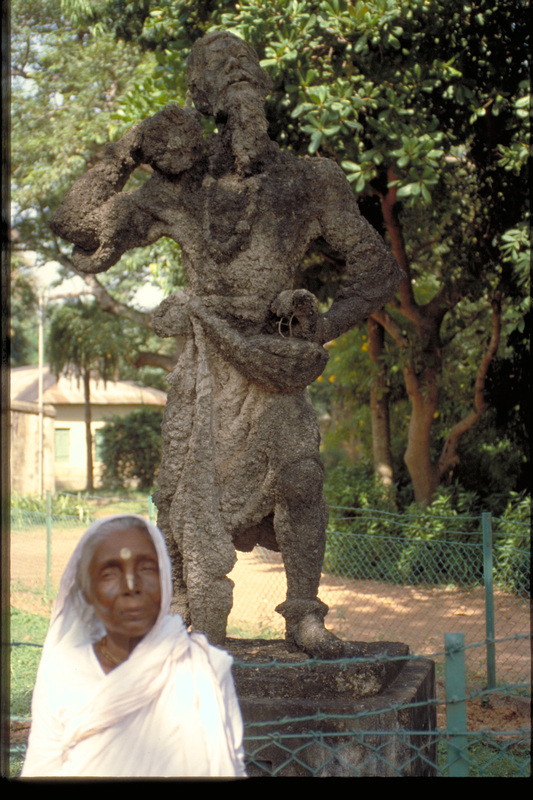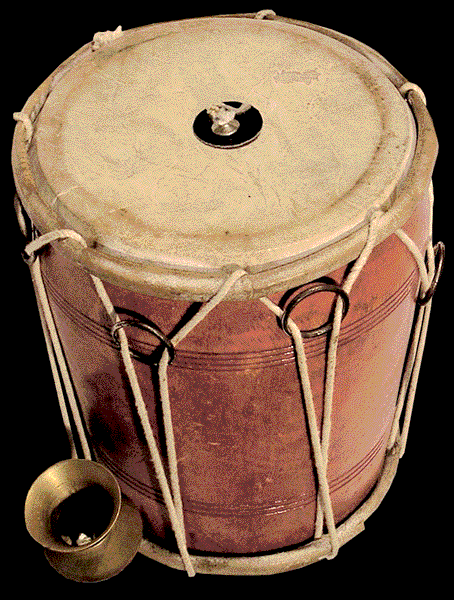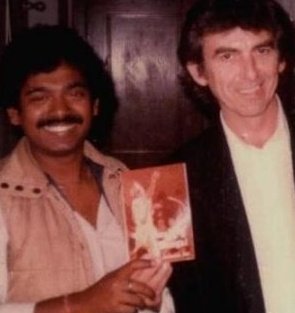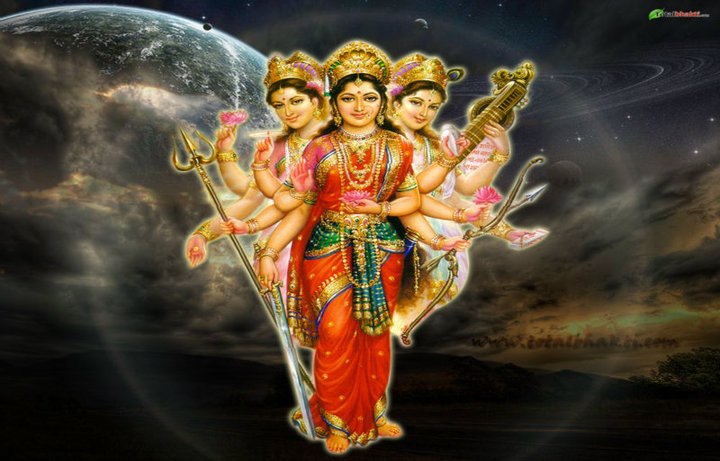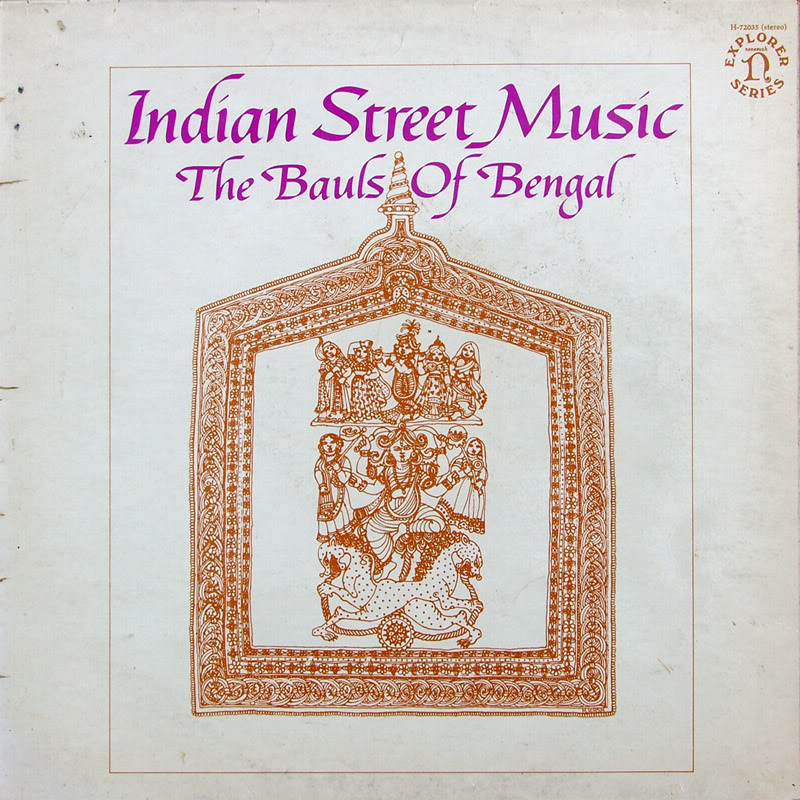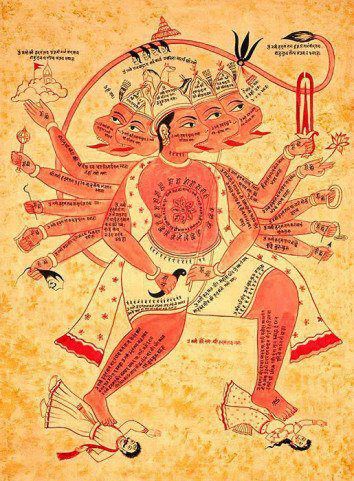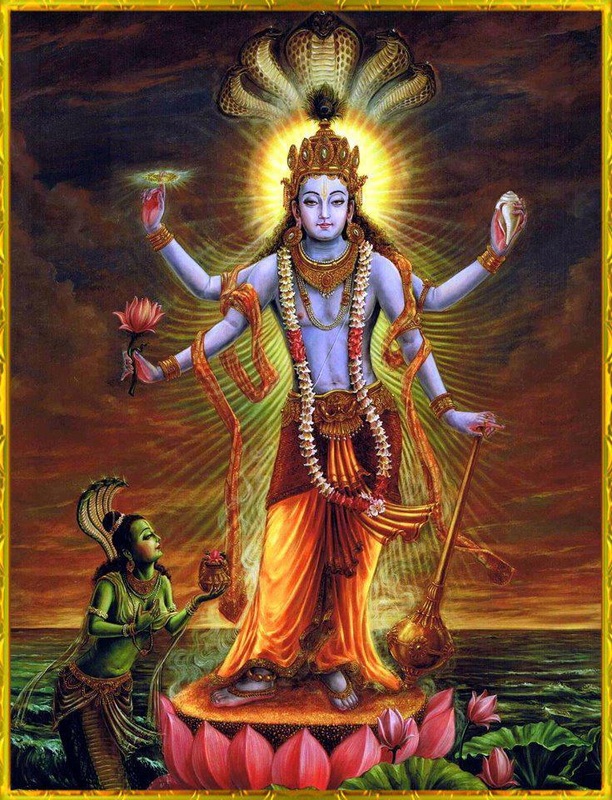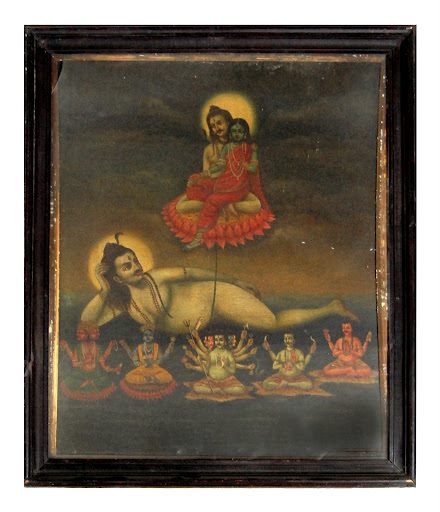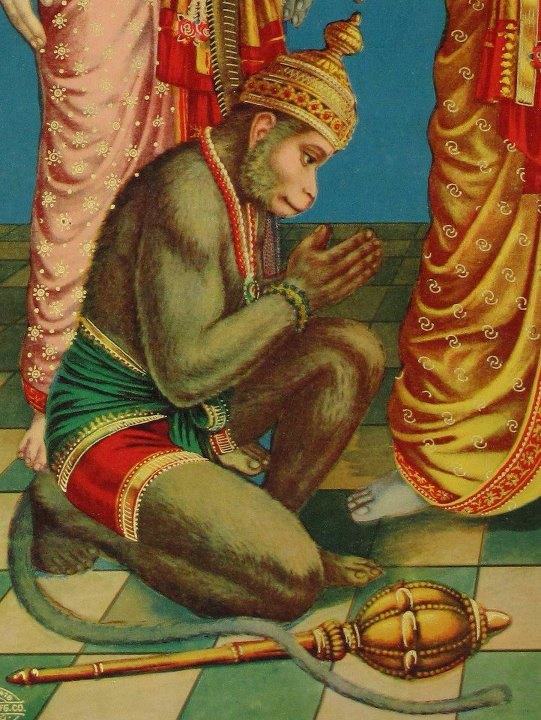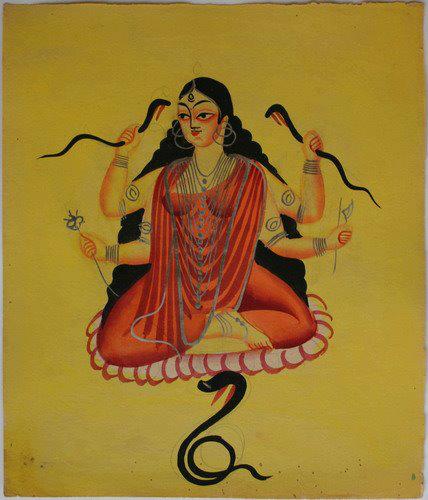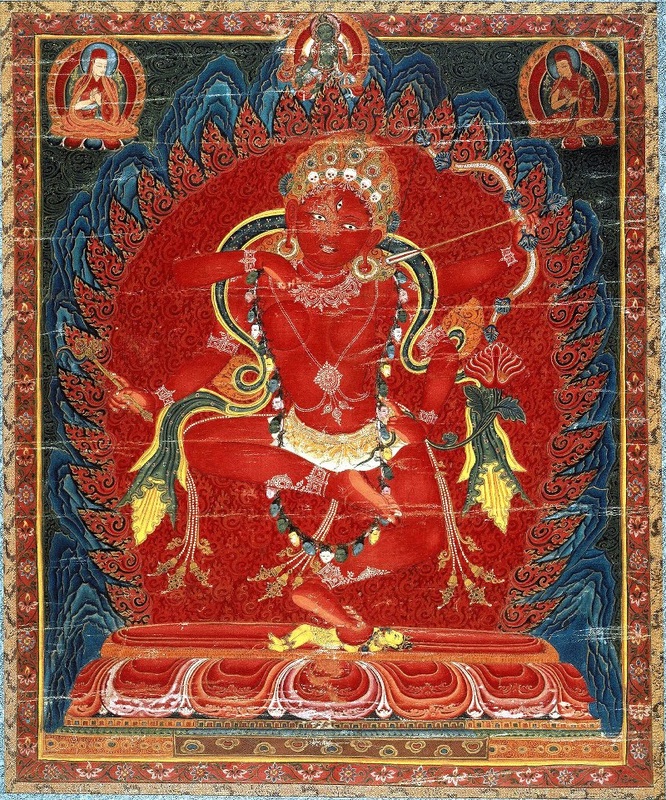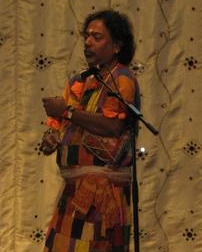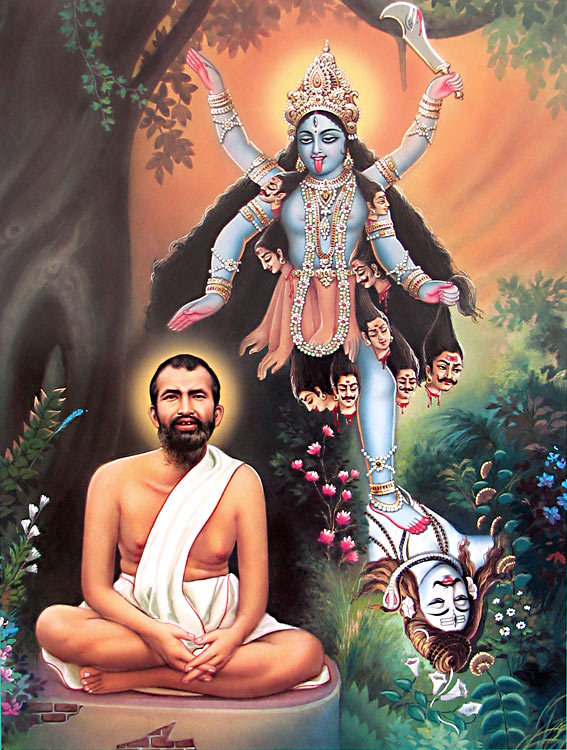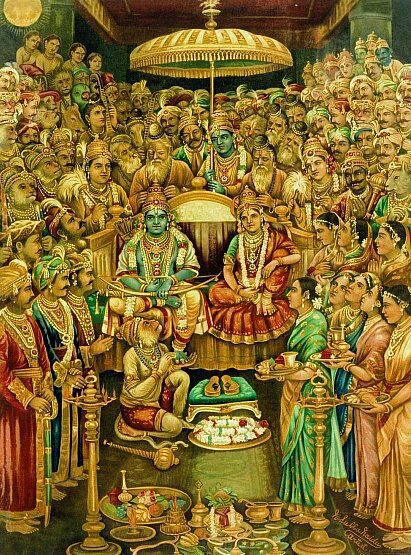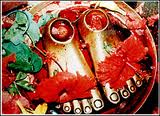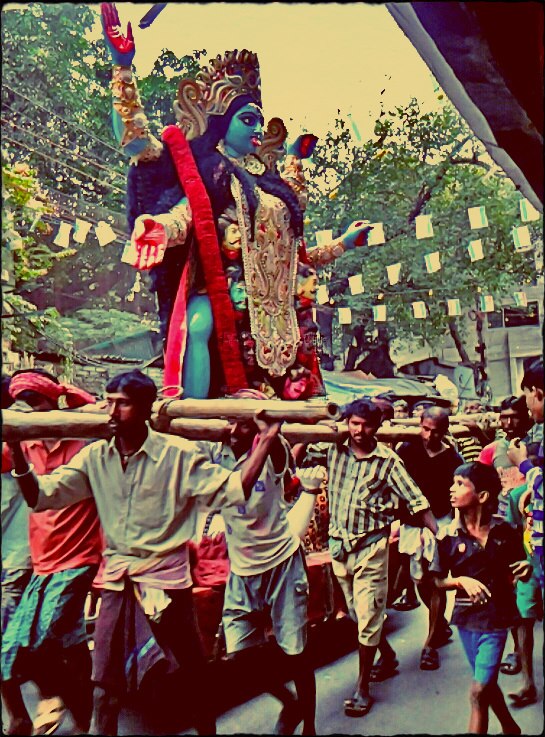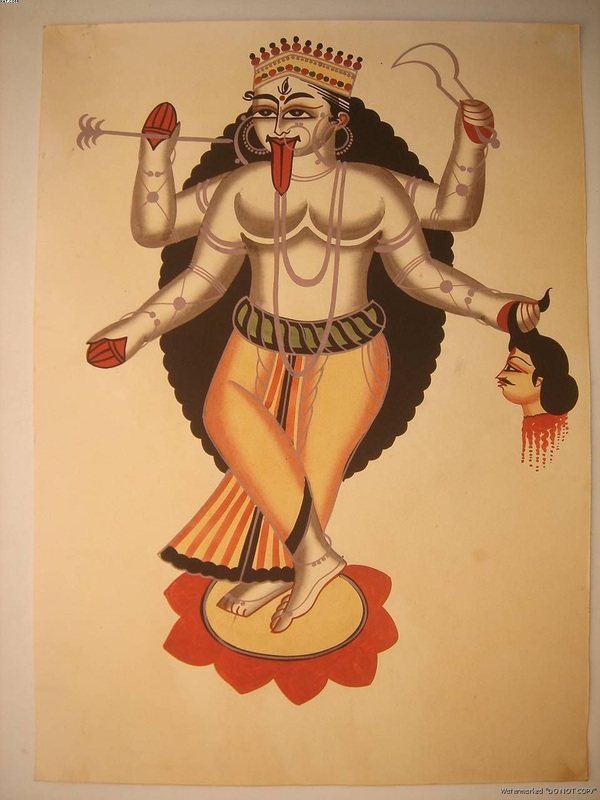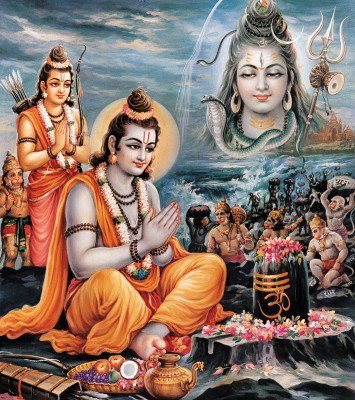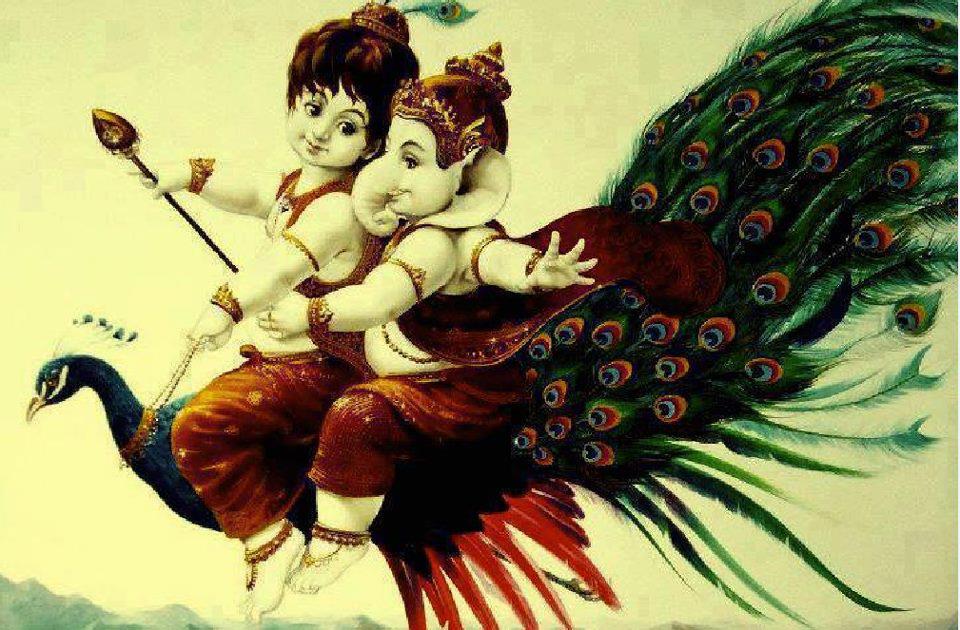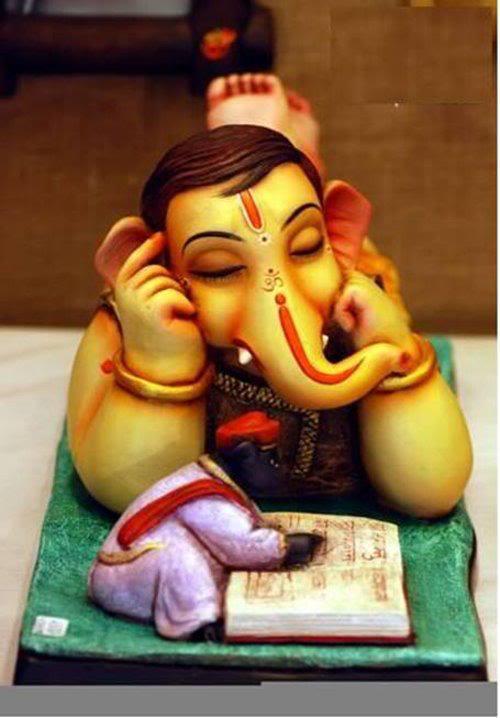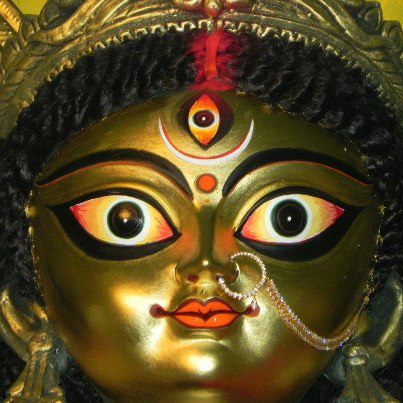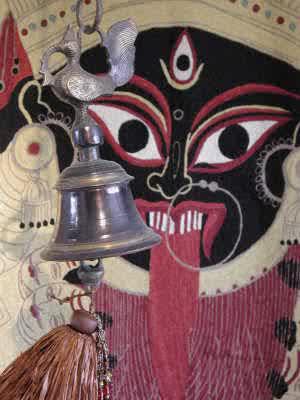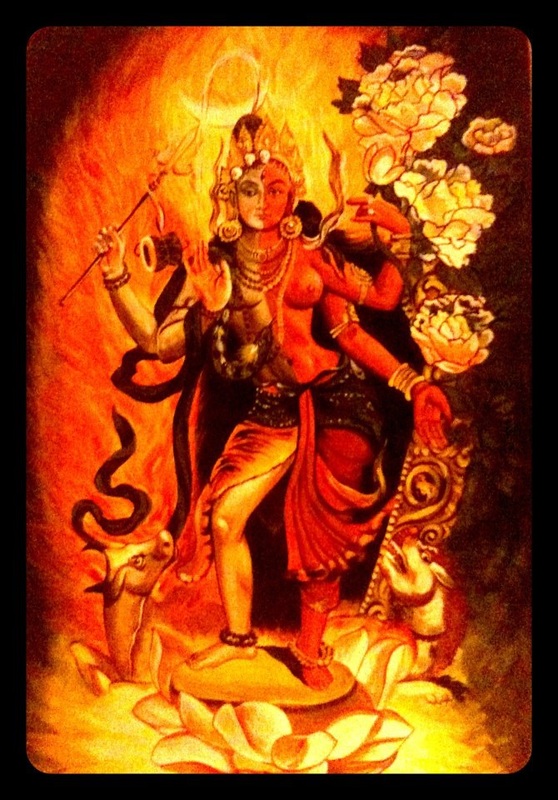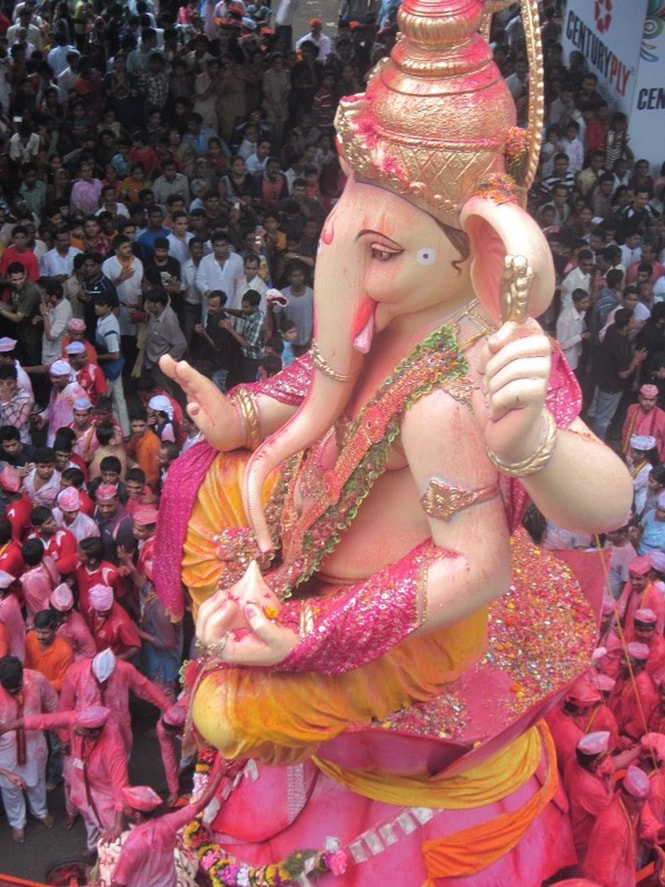
Ears indicate sense of hearing. A person cannot be defined by his physical features but folklore has it that persons with large ears are the ambitious kind. They are also supposed to be intelligent and kind-hearted. This often proves to be the reverse sometimes. In criminology, Lombroso Theory states that criminals could be identified by their physical features or defects. Thirty- five years ago, we had fun in the criminology class as Lombroso grouped the ‘born criminal’ by anatomically identifying broad or sloping forehead, unusually sized ears, protruding and pointed nose etc etc by clinically observing prisoners.
None in the class became an exception to one Lombroso’s several categorisations! To top the fun, our professor had multiple qualifications to be behind bars! It is interesting to note that Cesare Lombroso went into spiritualism in his final years....it is hardly unlikely that he had anything to say about Ganesha’s ears!
Taoism has some interesting things to say about big, medium and small ears. This is Taoist Mien Shaing, if anyone cares to research. Anyway, we cannot be walking around with a measuring tape, so let us leave aside facial diagnosis!
Lord Ganesha’s ears appear like large winnowing basket which is used to separate grains from dirt. This has a philosophical symbolism. First let us look at the body and head representations. His human body represents ‘tvam.’ His elephantine countenance represents ‘tat’ and their joining together signifies the non-difference of ‘tvam’ and ‘tat’ or Brahman. Therefore the visible representation of Ganesha is of the highest reality, Brahman, realised from Tat Twam Asi.
Another way at looking at this is to say that Ganesha’s head signifies Atman, the Highest Reality, while the body below the neck represents Maya or illusion. Maya is the principle of phenomenal existence. The Atman’s involvement with the world is characterised by the assumption of mind and speech.
Coming back to Ganesha’s winnowing basket ears, the symbolism behind it is an indication that one must use Viveka or discrimination to separate the real Brahman from the unreal Maya in one’s life. Here the grains represent Brahman. The dirt signifies Maya. This knowledge is earned by hearing as indicated by His ears; taking recourse to Sravana or hearing the teachings of a guru or learned person qualified to teach. Sravana, Manana, Nidhidhyasana and Samadi are the paths of enquiry, that is, the hearing the Truth, reflection, meditation and Blissful Peace. Eagerness for liberation is an essential requisite for Sravana.
Hara Hara Mahadeva.
(Notes: Ganesha Symbolisms)
The son of Parvati was given the name Ganesha by Shiva. The word Ganesha is made up of gana meaning, followers of Shiva and isha, the lord, thus Shiva appointed him the lord of his ganas. By Lord Ganesha’s blessings, may this and the days ahead be without obstacles and bring you success, knowledge and wisdom. Om
GANESHA HEAD LEGEND.
The Shiva Purana probably tells us the events that led to the world’s first head transplant, ie, Ganesha being given an elephant head. By the story line in the Shiva Purana, Lord Shiva was on the thin edge of earning Mother Parvati’s wrath when he beheaded Ganesha, so He found an ad-hoc solution. Thank goodness, it found Mother’s acceptance. There is another story from the Brahma Vaivarta Purana.
BRAHMA VAIVARTA PURANA:
Mother Parvati yearned for a son and Lord Shiva instructed her to observe Punyaka Vrata for a year in which she was to propitiate Mahavishnu. Those observing this vrata would be blessed with a child in the likes of the Lord Krishna, the Lord of the Gopikas. Mother, therefore underwent vrat penance.
When the vrat was successfully completed, the gods announced that Sri Krishna would incarnate Himself as Shiva-Parvathi son in every kalpa. Soon enough, Sri Krishna is said to be born as charming infant. An enthused Mother wanted a grand celebration. Devas and Gods and Goddesses graced the occasion. All present blessed the Mother and Child.
Curiously Shani Bhagavan, the son of Surya, did not look at the infant directly but stared at the ground instead. Mother Parvati questioned his unusual behavior. To this, Shani said that his look would harm the infant. However, Mother Parvati insisted a blessing. In deference to Her wish Shani cast his eyes on the baby. Then it happened……due to Shani’s malevolent glance, the baby's head was severed and flew off to Goloka, the abode of Sri Krishna.
Mother Parvati and Lord Shiva were grief stricken. The Gods assembled there were tongue-tied at the event. Mahavishnu, Mother Parvati’s brother could neither bear to witness the grief of the sister nor see a headless infant. At an instant, Mahavishnu summoned Garuda and rushed to the banks of the Pushpa-bhadra river in search of a head. All he could manage was to bring back the head of a young elephant. This head of the elephant was joined with the headless body of Mother Parvati's son. He was thus revived as an elephant headed child and given the name Ganesha. All the Gods blessed Ganesha and wished Him power and prosperity.
Mahavishnu, the Uncle, blessed Ganesha: "O Excellent God! O dear one! May Your puja be performed before that of any other God. May You be situated in all venerable beings and may You be the best among Yogis. This is My boon to You."
It is commonly agreed that Lord Shiva and Mother Parvati had their soft spots for Ganesha. The Thiruvilayadal Purana has stories of Lord Kartikeya’s envy and accusations of favoritism. Upon Ganesha assuming a new elephant form, the divine father, appointed Him as the leader of the Ganas and gave a boon: ‘All obstacles, whatever they may be, will be rooted out by worshipping Ganesha, even as diseases are cured by the worship of Surya and purity results when Vishnu is worshiped.’
Hara Hara Mahadeva
(draft Ganesha Symbolisms)
Yogi Ananda Saraswathi

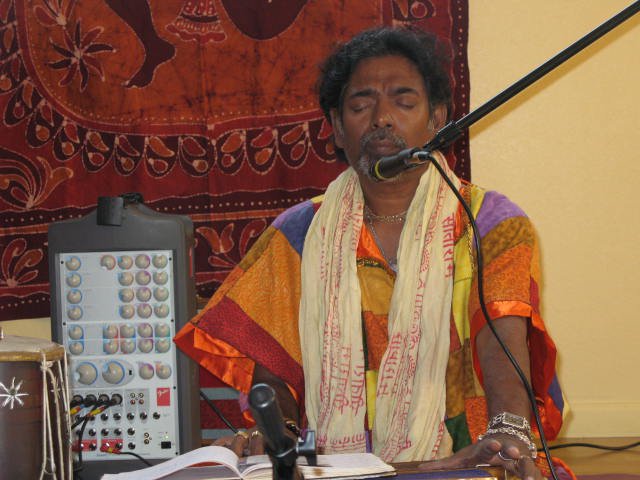
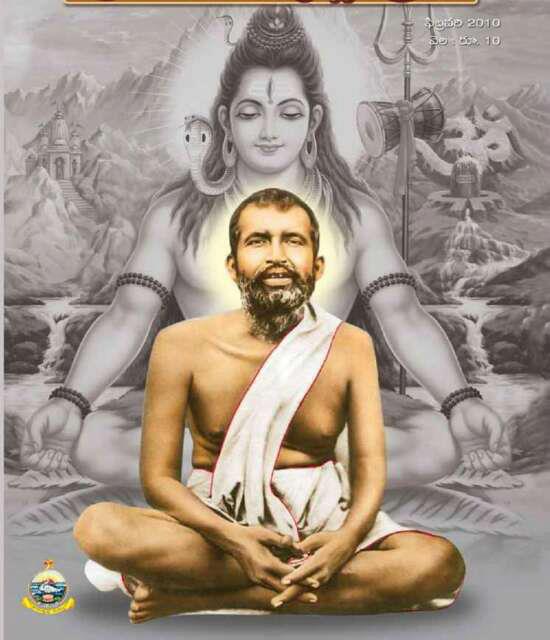

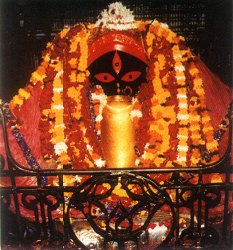
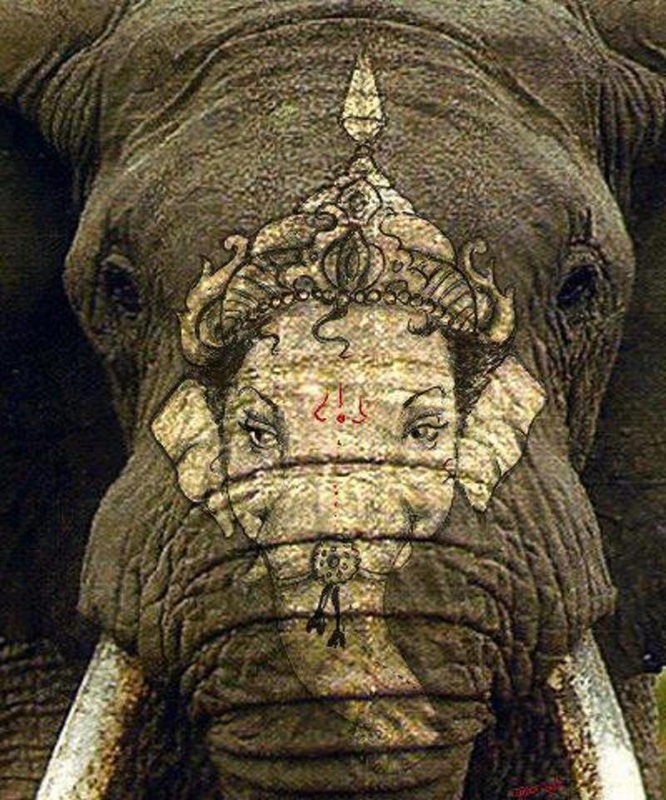
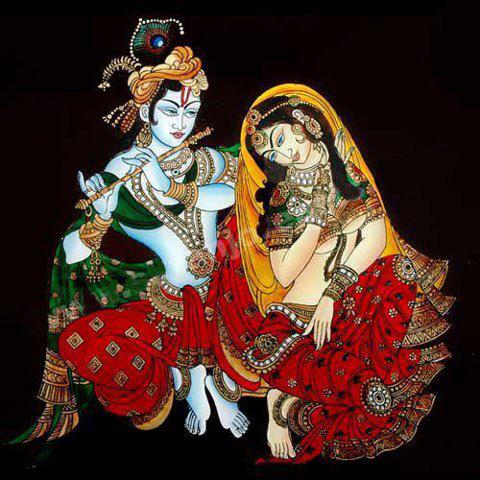
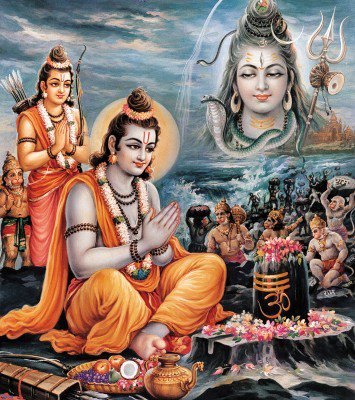
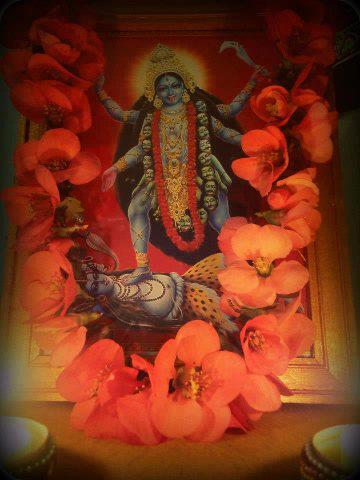
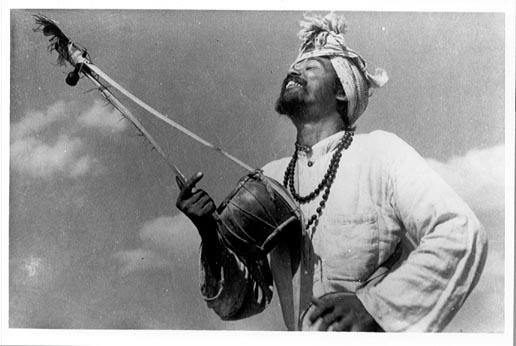
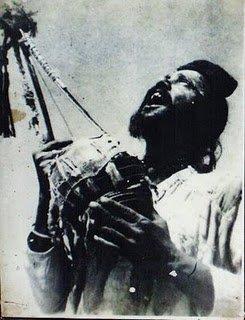
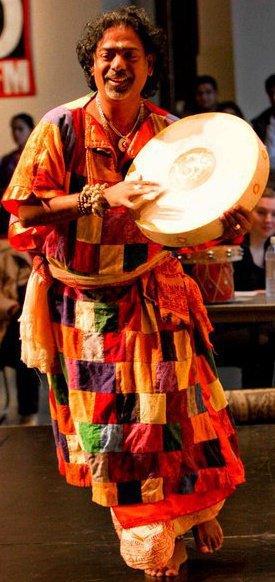
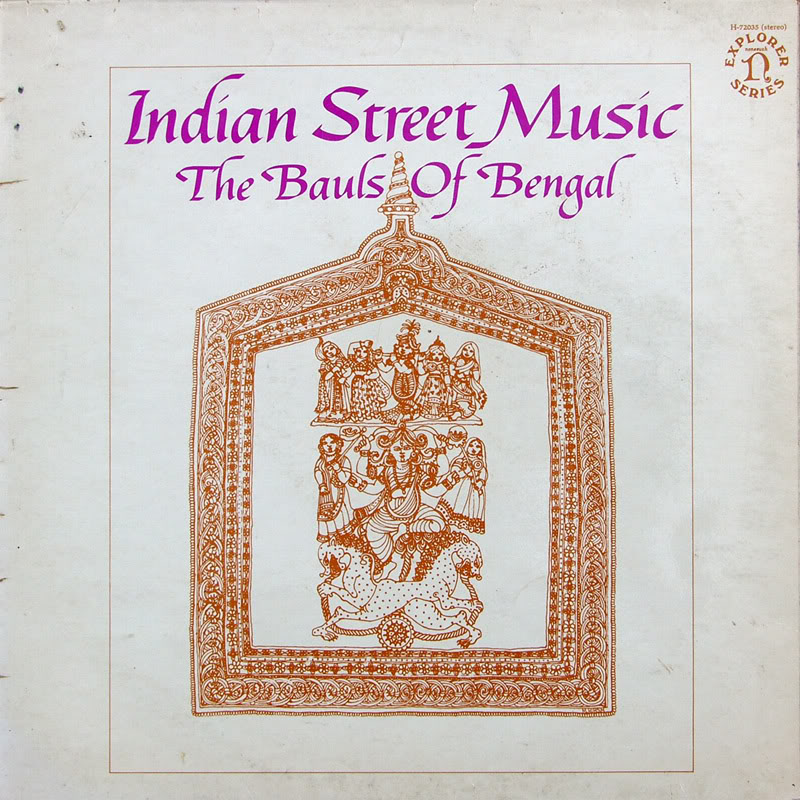
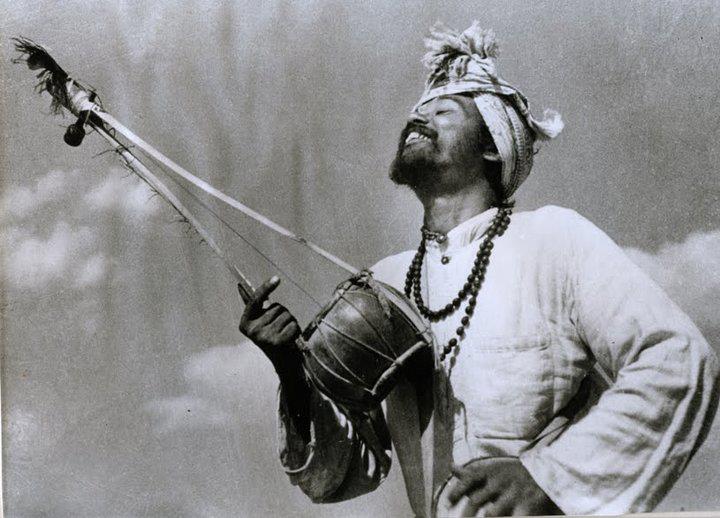

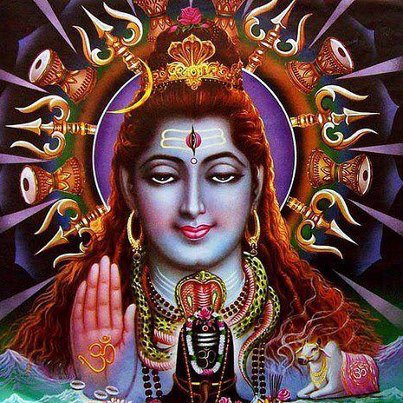
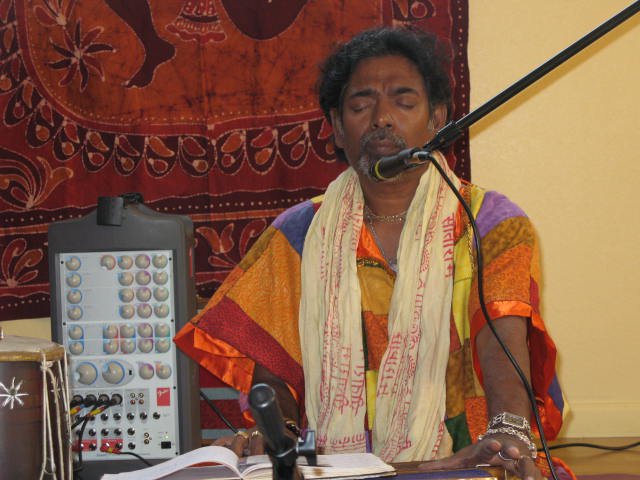
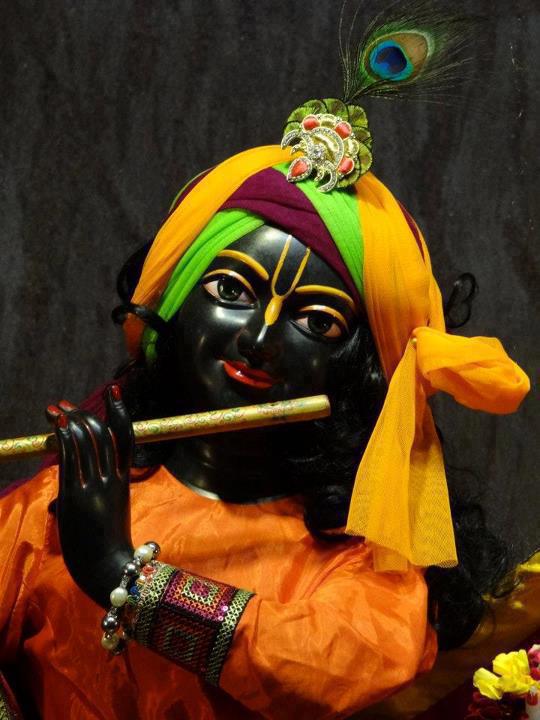
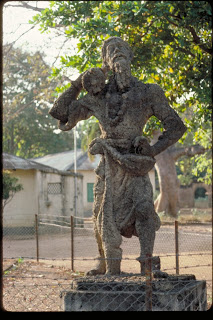
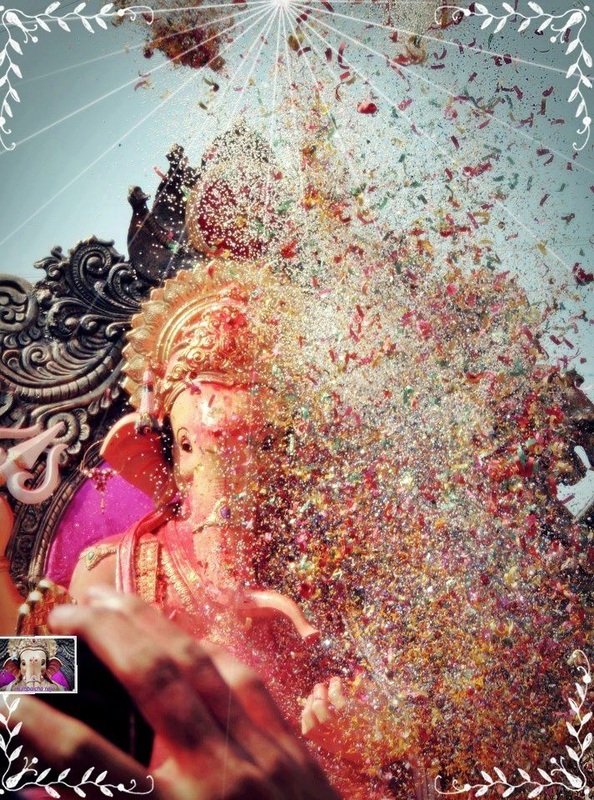
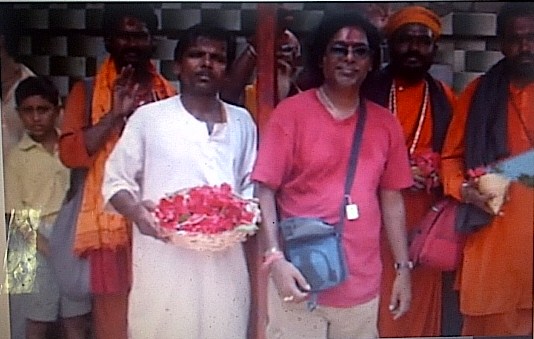
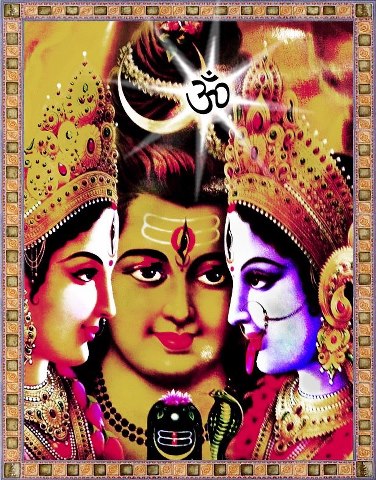
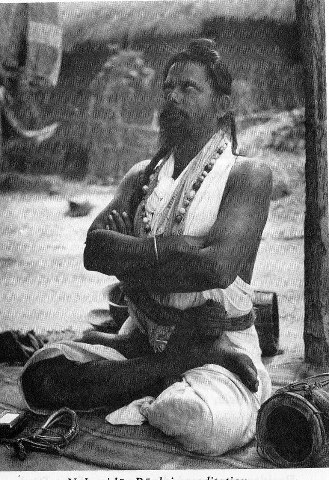
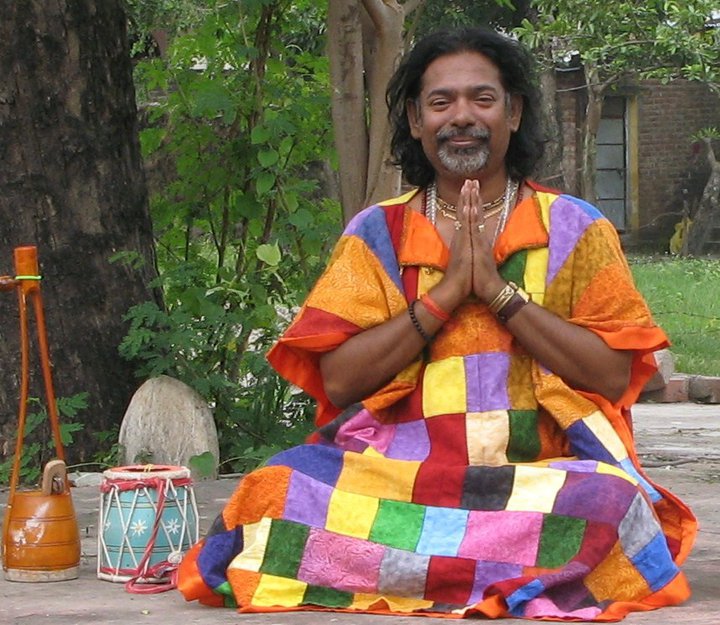
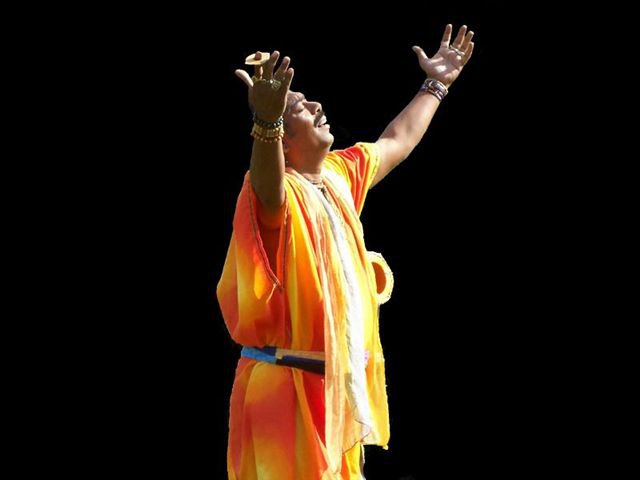
 RSS Feed
RSS Feed
